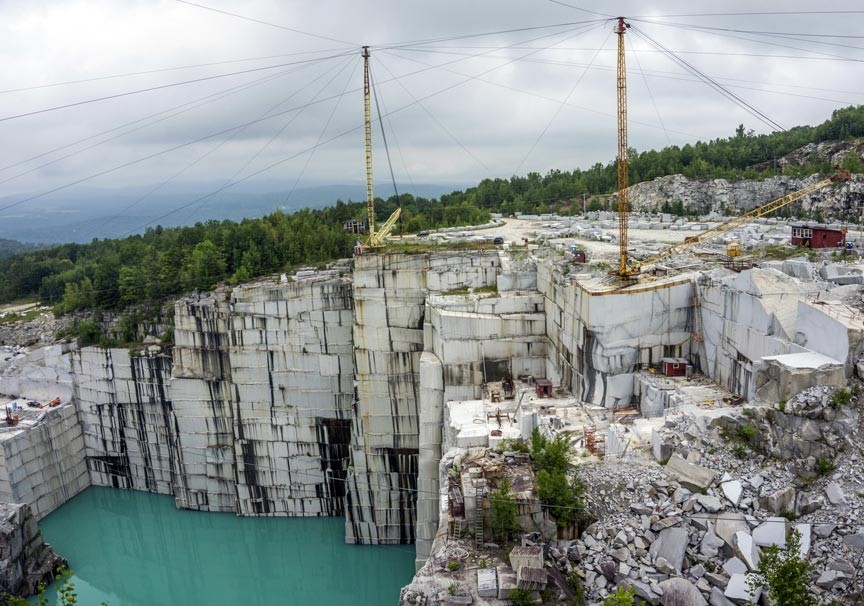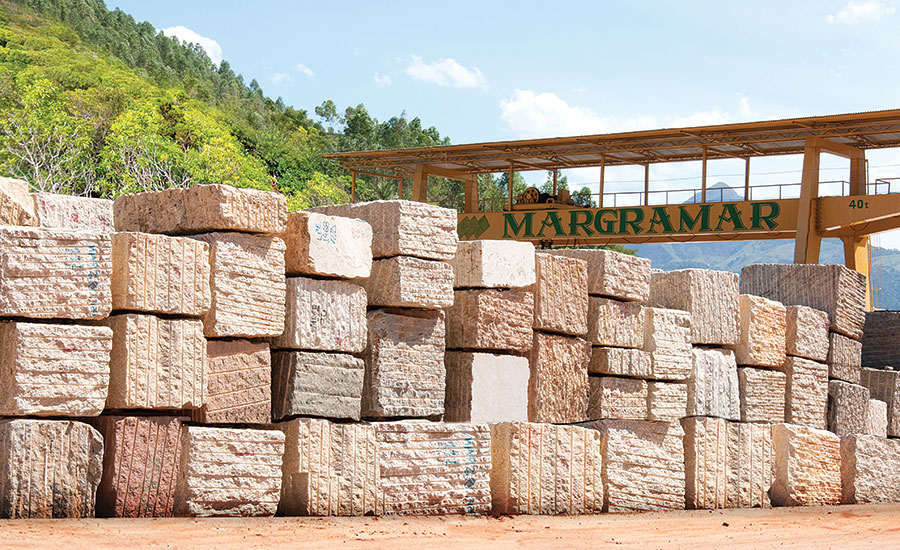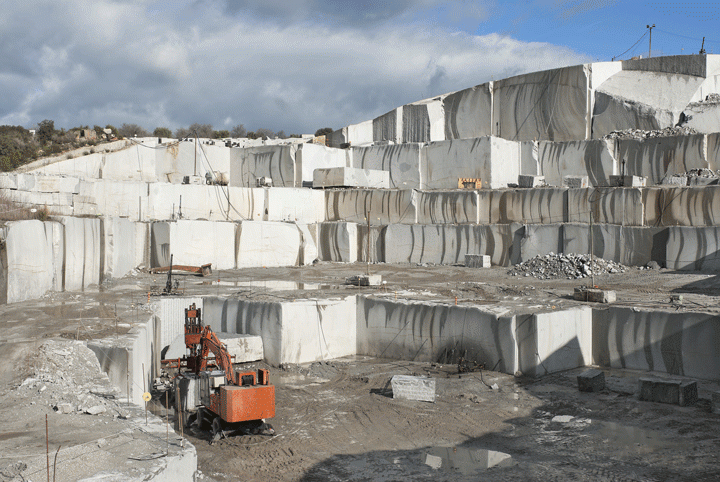Unveiling the Mysteries of Granite Quarrying: Where Stamina and Elegance Meet
The globe of granite quarrying is a world where the raw toughness of nature merges with human creativity to produce structures that stand the examination of time with an air of sophistication. From the midsts of quarries to the careful sprucing up in workshops, the procedure of transforming granite right into building marvels is a complex dance of tradition and development. As we peer into the midsts of this old craft, we begin to discover the hidden complexities that form the extremely essence of our developed atmosphere.
The Origins of Granite Quarrying
In the annals of building background, the origins of granite quarrying are shrouded in a tapestry of old workmanship and geological marvels. Going back to ancient Egypt and Mesopotamia, the extraction of granite from quarries noted the start of a trip that would at some point cause the development of several of the globe's most renowned frameworks.
Granite quarrying's roots can be traced to the experienced craftsmens that identified the rock's resilience and visual appeal. Through a mix of primitive tools and sheer resolution, these early quarry employees unearthed granite blocks that would certainly come to be the structure blocks of people.
As people advanced, so did the methods of quarrying granite. The Romans, renowned for their engineering expertise, developed sophisticated approaches for removing granite to create monoliths, holy places, and roadways that stood the examination of time.
The heritage of these old quarrying practices continues to shape contemporary architecture, with granite remaining a sign of stamina and elegance in construction tasks around the globe. (granite quarries in south africa)
Devices of the Quarrying Trade
The evolution of granite quarrying strategies from ancient people to contemporary times highlights the essential function played by the devices of the quarrying sell shaping the sector's techniques. In old times, quarrying devices were primary, commonly including blades, hammers, and wedges made from products like bronze or iron. These devices called for substantial workforce and time to extract granite blocks from quarries.

Additionally, the introduction of pneumatically-driven devices and high-powered equipment has actually significantly lowered the physical my site labor required in quarrying procedures, improving worker safety and performance. As the quarrying industry remains to introduce, the tools of the trade continue to be at the center of driving development and forming the future of granite extraction.
Extracting Blocks of Granite
Utilizing precision machinery and progressed methods, the removal of granite blocks from quarries has come to be an innovative procedure in the modern-day quarrying sector. The initial step includes determining the area and size of the granite deposit to establish the most efficient extraction method. Once a suitable website is picked, the extraction process begins with the boring of openings for the placement of explosives. Controlled blowing up methods are then used to disintegrate the granite into workable areas.

Sprucing Up and Ending Up Strategies
To accomplish a remarkable surface area on granite blocks, skilled artisans use a collection of thorough polishing and finishing techniques. After the initial removal and shaping processes, the granite obstructs undertake a thorough polishing stage to improve their natural elegance and sturdiness.
In addition to polishing, finishing methods are put on further improve article the granite's appearance. These strategies might include flaming, refining, or cleaning, each offering special structures and surfaces to fit different aesthetic preferences. Flaming, for example, includes revealing the granite surface to heats to produce a rough, textured finish, ideal for outside applications where slip-resistance is vital. Honing, on the various other hand, offers a matte finish that is smooth to the touch, best for interior countertops and floor covering. By very carefully selecting and applying these polishing and finishing methods, artisans can transform raw granite obstructs into charming pieces that display both strength and elegance.

Ecological Impact and Sustainability
With the expanding focus on ecological consciousness in the sector, granite quarrying methods are increasingly inspected for their effect on natural deposits and long-lasting sustainability. Quarrying for granite can have significant environmental ramifications. The extraction process typically includes using hefty machinery, nitroglycerins, and large quantities of water, resulting in environment devastation, soil disintegration, and water contamination. Additionally, the transport of granite from quarries to refining facilities generates carbon exhausts, further adding to environmental degradation. granite quarries in south africa.
To minimize these impacts and make certain sustainability in granite quarrying, industry site stakeholders are taking on numerous procedures. Executing sophisticated innovations to minimize energy consumption and water use, redeeming quarried land for environmental reconstruction, and advertising liable sourcing practices are some strategies being employed. Furthermore, qualifications such as the Forest Stewardship Council (FSC) and the Leadership in Energy and Environmental Design (LEED) aid consumers identify eco-friendly granite items.
Conclusion
To conclude, granite quarrying is a process that calls for specialized devices and strategies to remove blocks of granite and brighten them to a high level of finish. While the ecological effect of quarrying can be considerable, efforts are being made to improve sustainability methods in the market. In general, granite quarrying is a fragile balance between harnessing the strength and beauty of this all-natural stone while lessening its influence on the atmosphere.